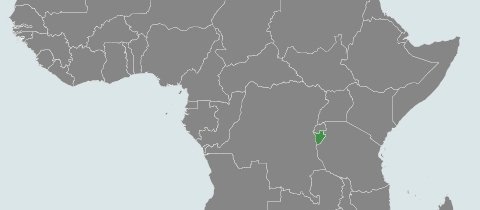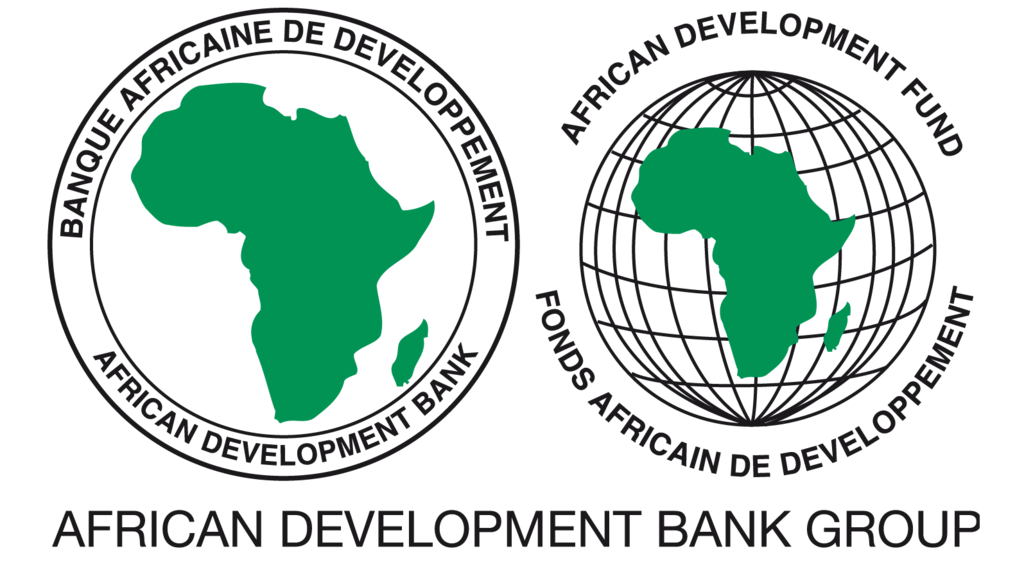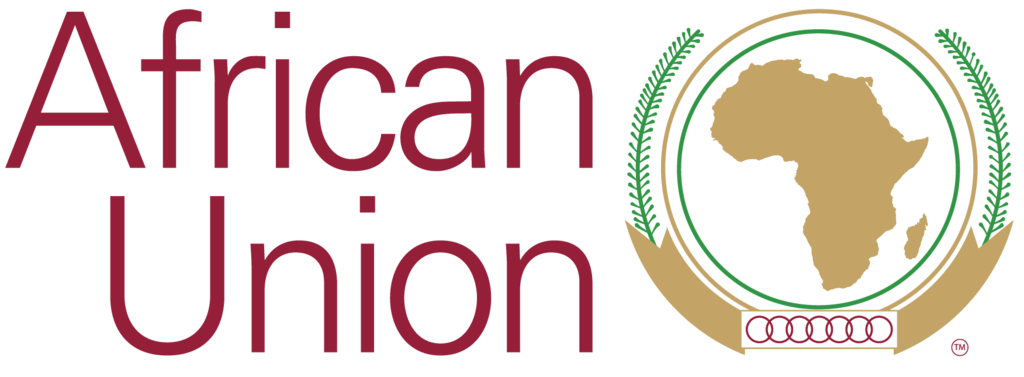At a glance
Burundi is one of the least electrified countries globally currently at 7% overall, with 49% of the urban and only 1% of the rural population connected to electricity. The World Bank estimates the national access to clean cooking solutions at <1%.
The energy situation is characterised by insufficient power supply to meet the demand, preventing economic takeoff. The use of firewood is the main energy source for most artisanal or industrial activities and for cooking fuel for the main majority of the population.
Besides the low generating capacity, the key problem of the whole energy sector of Burundi is the scarcity of technical and management skills, which affects the prospects for developing the country's energy resources. It also reduces the scope for effective policy-making and the planning and operation of energy producing, marketing, and consuming institutions.
Burundi has natural conditions favourable to the sustainable use of water and solar energy or wind power. The solar potential of Burundi is very interesting. The average annual power received is around 2000 kWh / m² per year, equivalent to the best European regions (southern Mediterranean). One of the main challenges is to develop a sustainable fire wood supply.
The country has substantial potential for hydroelectric power and the government plans for expansion are based mainly on hydropower. Thermal power production is considered a temporary measure to bridge the short-term gap between demand and supply. The focus of the energy policy is on rehabilitation of existing (hydropower) plants and distribution grids, as well as the development of new hydroelectric sites. Furthermore, a rural electrification program is planned, mainly by grid extension, and by providing information on alternative energy sources affordable for low-income households.
Burundi joined the SEforALL initiative and developed a Rapid Assessment in June 2013.
The SEforALL implementation is followed by a focal point in the Ministry of Energy and Mines.
Location

| SEforAll Action Agenda Objectives | 2030 |
|---|---|
| Electricity Access, national | n.a. |
| Access to clean cooking, national | n.a. |
| Renewable Energy Output | n.a. |
| Renewable Energy Consumption | n.a. |
| Energy Efficiency | n.a. |
| Country Action Documents | Status |
|---|---|
| Rapid Assessment | Finalized |
| Action Agenda | n.a |
| Investment Prospectus | Under development |
Documents
Country statistics
| Series | 2010 | 2012 | 2014 | 2016 |
|---|---|---|---|---|
| Access to electricity (% of population) | 5.3% | 6.5% | 7% | 7.6% |
| Urban (% of urban population) | 49% | 58.5% | 52.1% | 49.7% |
| Rural (% of rural population) | 1% | 1.2% | 2% | 1.7% |
| Access to clean fuels and technologies for cooking (% of population) | 0.7% | 0.8% | 0.8% | 0.8% |
| Population, total | 9.5 Million | 10.1 Million | 10.8 Million | 10.5 Million |
| Renewable energy consumption (% of total final energy consumption) | 96.8% | 94% | 94.6% | - |
| Renewable electricity output (% of total electricity output) | 87.7% | 98% | 80.7% | - |
| Electric power consumption (kWh per capita) | - | - | - | - |





